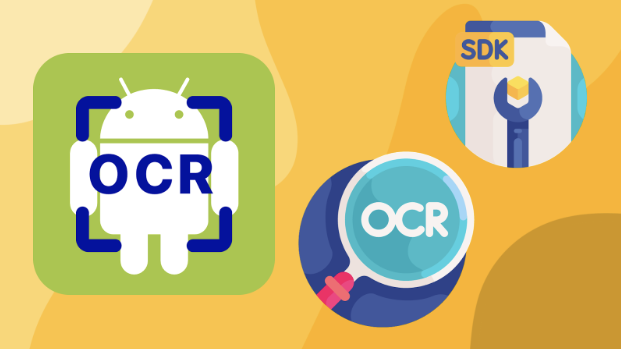To stay ahead in mobile app development, you must embrace cutting-edge technologies. One such popular technology is optical character recognition. It has changed the way our applications interact with textual content. But instead of a lot of popularity, very few people know about its benefits and importance. In this comprehensive guide, we will talk about incorporating OCR SDK for Android. For beginners, we will explore the significance of OCR SDK. We will check how it is useful for extracting text from images.
At the same time, we will introduce you to the role of OCR software development kits (SDKs). We have written this guide to give practical insights for implementing OCR SDK. So what are you waiting for? Let’s continue reading this article till the end. Start exploring the importance of OCR in Android app development.
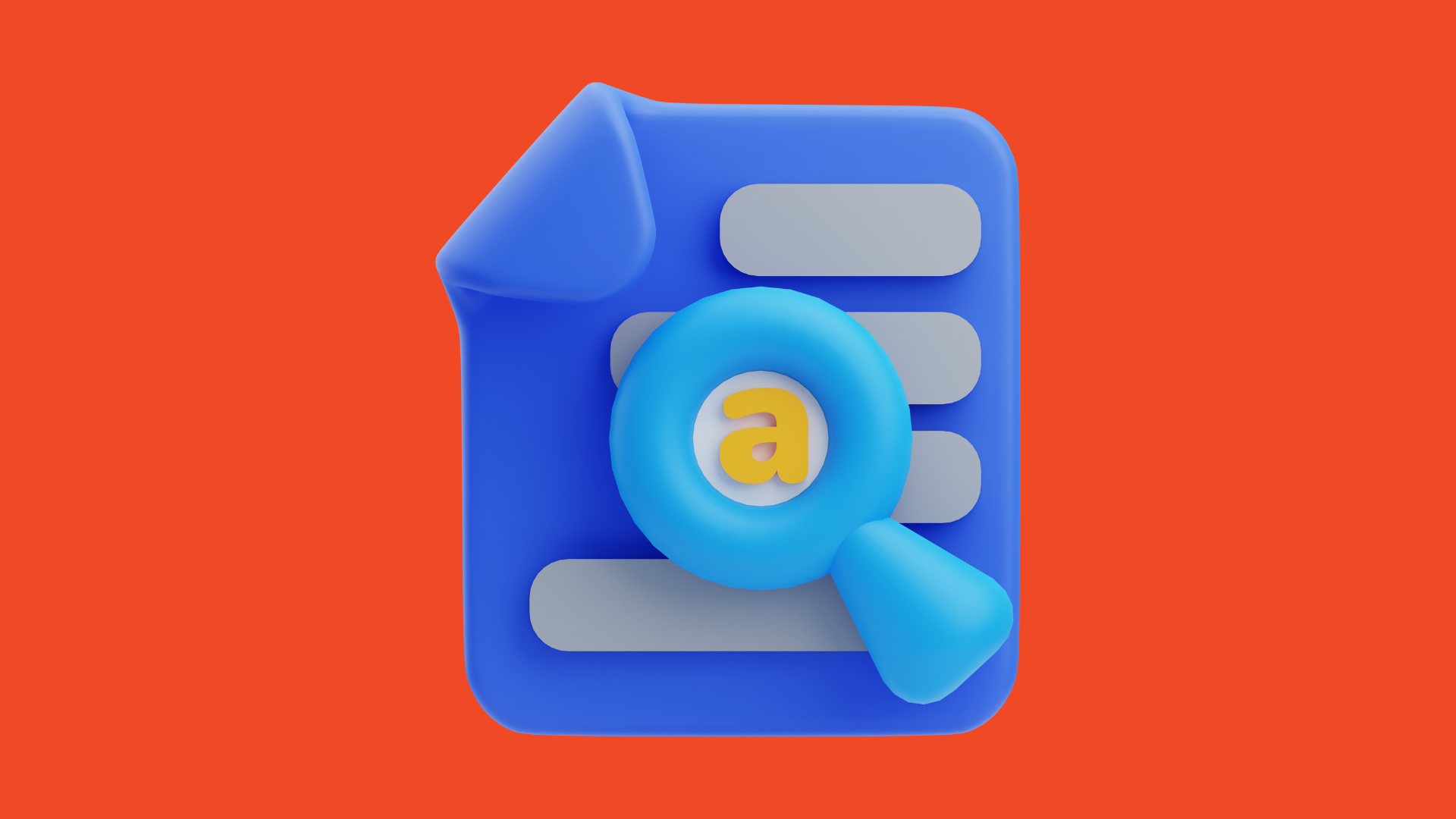
What is OCR, and how is it crucial in extracting text from images within Android apps?
OCR helps us convert different types of documents to searchable and editable text. These documents can be images, PDFs, scanned documents, and newspapers.
As developers, we must know that OCR is very important in Android applications. It enhances the functionality of Android applications for users. This, in turn, enhances the user experience since many users engage and make their work easier.
We can say that OCR enables a seamless Bridge between the digital and physical worlds.

How does OCR enhance user experiences, and what are its diverse applications?
Our users always look for convenient options to make their work easier. When they find an app that gives them services like OCR for free, they often engage with it. Let’s take an example.
Suppose you create an Android application with optical character recognition technology. The users will open this app and point the phone camera at the document or image. After scanning the document, they can extract the text from it. This is how they get the required information within seconds. It enhances the user experience by providing accurate and quick access to information. As a result, it also eliminates the need for manual data entry.
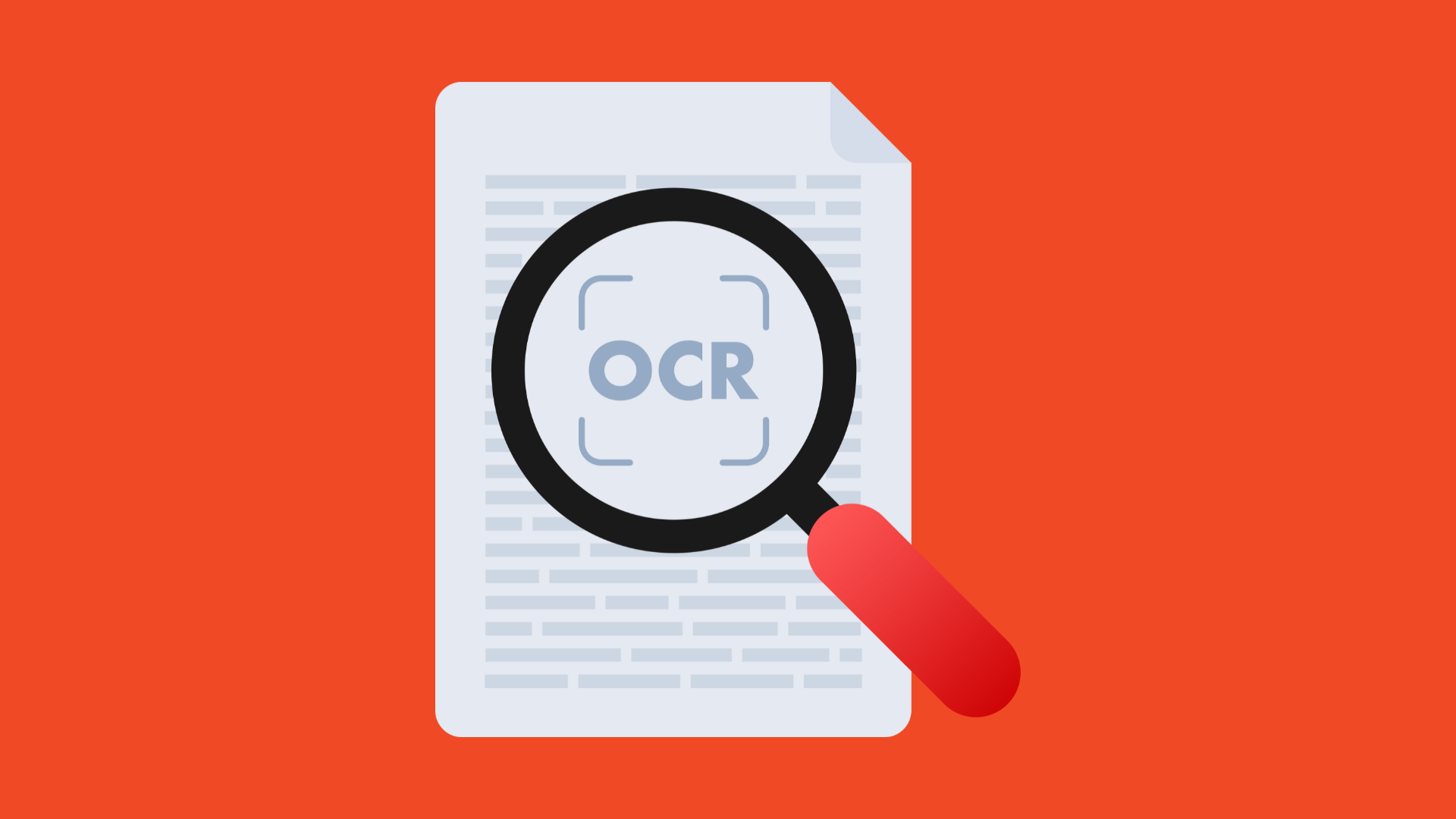
How do OCR SDKs simplify text recognition in Android development, and what role do they play?
You have learned the importance of optical character recognition technology for Android applications. But how do you install optical character recognition into your Android applications? We have also brought the solution to this problem.
Using SDKs is the best way to integrate OCR into your Android application. There are many software development kits available in the market. Let’s explore a popular option.
Filestack as a solution for OCR
Filestack is one of the most reliable solutions for optical character recognition. It offers API for document transformation, processing, and uploading. Filestack makes it easier to extract digital data from documents and images. The tool is reliable because it delivers highly accurate results. In other words, it automates the data collection process.
Filestack OCR SDK is an accurate, scalable, and efficient OCR solution.
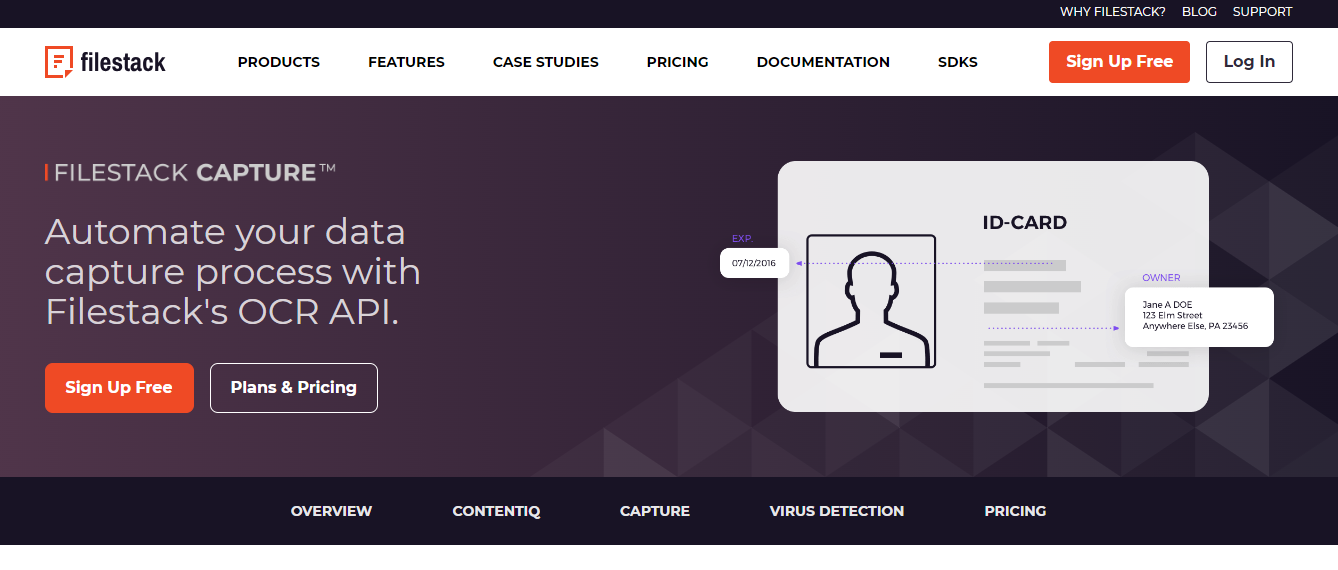
What are the essential features developers should consider when selecting an OCR SDK?
When selecting an OCR SDK, you must consider some essential features. We have compiled a list of essential features for selecting an OCR SDK.
The first and most important feature is accuracy. The OCR must be able to identify text from different languages, fonts, and image qualities.
The OCR should be able to perform text extraction with optical performance and speed. The higher the speed, the greater the performance.
It should be able to extract text from different languages. This feature will also help us increase the user base of our Android applications.

How can developers incorporate OCR into Android applications?
Integrating OCR into Android applications is a straightforward process. Filestack gives comprehensive documentation and support to ease this integration. Here are the important steps to follow when integrating OCR into Android applications.
Sign Up for Filestack Account
You must create an account and register yourself at Filestack.
Get API Key
Once registered, you can locate an API key on the dashboard.
Add Filestack SDK to Your Android Project
On Android Studio, you need to add Filestack SDK to your app’s dependencies.
implementation ‘com.filestack:filestack-android:4.4.0’
Sync your project to ensure that the new dependency is added.
Initialize Filestack
Here is the code to initialize Filestack SDK using the Filestack API key.
import android.app.Application;
import com.filestack.android.FsConfig;
public class MyApplication extends Application {
@Override
public void onCreate() {
super.onCreate();
FsConfig.init("YOUR_API_KEY");
}
}Integrate OCR Functionality
We need to implement optical character recognition functionality using the following code.
import com.filestack.android.FsActivity;
import com.filestack.android.Selection;
public class MainActivity extends AppCompatActivity {
private static final int FILESTACK_REQUEST_CODE = 0;
@Override
protected void onCreate(Bundle savedInstanceState) {
super.onCreate(savedInstanceState);
setContentView(R.layout.activity_main);
Intent intent = new Intent(this, FsActivity.class);
intent.putExtra(FsConstants.EXTRA_SOURCE, FsConstants.Source.CAMERA);
startActivityForResult(intent, FILESTACK_REQUEST_CODE);
}
@Override
protected void onActivityResult(int requestCode, int resultCode, @Nullable Intent data) {
super.onActivityResult(requestCode, resultCode, data);
if (requestCode FILESTACK_REQUEST_CODE && resultCode RESULT_OK && data != null) {
Selection selection = data.getParcelableExtra(FsConstants.EXTRA_SELECTION);
String imageUrl = selection.getFiles().get(0).getUrl()
}
}
}Ensure you have explored the Filestack OCR documentation to install OCR.
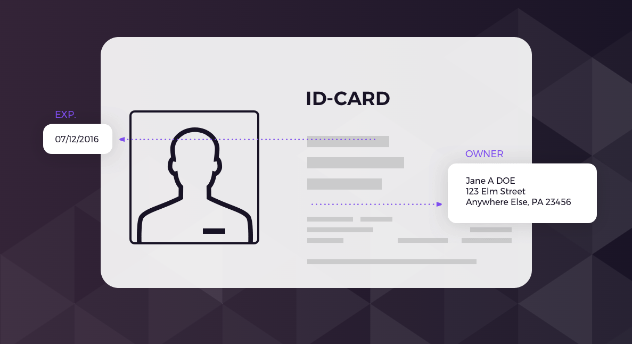
What are the challenges in integrating OCR SDK for Android, and what practical solutions to use?
Integration of optical character recognition can be beneficial. But it also comes with some challenges. Let’s explore the challenges and solutions we can use for them.
Developers’ most common issues are image quality variations, fonts, and languages.
We can overcome these issues by implementing pre-processing techniques. Moreover, we can also add fine-tuning of optical character recognition algorithms. Finally, optimizing image quality is also important to deal with such issues.
Make sure you add these techniques based on the requirements of your applications.
What are some Android apps that integrated OCR for improved functionality?
Android apps that integrated optical practical recognition for improved functionality are given below:
- CamScanner
- Google Translate
- CamCard.
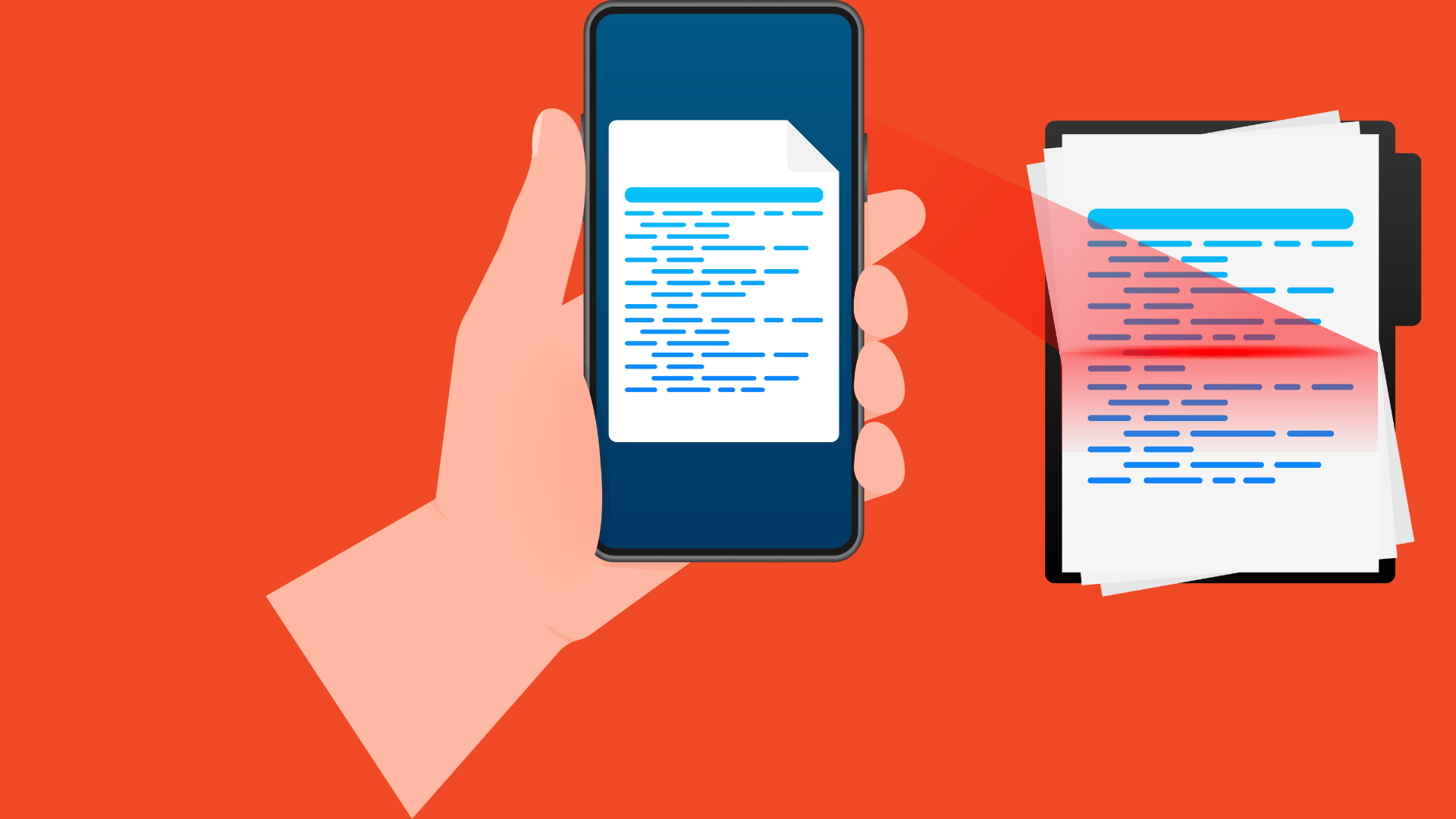
What technical considerations and challenges we must address in OCR SDK for Android?
There are some technical considerations that we must address in OCR implementation.
We must optimise the device resources used. It refers to using CPU and memory. It can help us ensure smooth OCR processing. The best part is that we must do it without impacting app performance.
We must install security measures for handling sensitive information extracted through OCR.
How do we compare different OCR SDK for Android?
When making any informed decision, there are many factors to consider. But, the three main factors below are the most important.
- User interfaces
- Documentation
- Community support.
This comparison ensures that the selected OCR solution aligns with the development team’s preferences and requirements.

OCR SDK for Android: Conclusion
In this article, we have explored the importance of OCR SDK for Android app development. We also talked about how it helps us enhance user experience. At the same time, we talked about software development kits used for OCR integration. We also introduced Filestack SDK for Android applications. Finally, we discussed challenges and technical considerations for OCR integration in Android apps.
OCR SDK for Android: FAQs
Why should I incorporate OCR in my Android app?
Incorporating OCR in your Android application can enhance user experience and user engagement.
What are the key features to look for in an OCR SDK for Android development?
Many features, such as strong community support, documentation, and security features.
How does OCR technology contribute to improved accessibility in Android apps?
It improves accessibility by converting text into an editable format for disabled users.
What is OCR service in Android?
OCR service refers to optical character recognition for converting digital documents into text.
Enhance the functionality of your Android application – Sign up for Filestack today.
Ayesha Zahra is a Geo Informatics Engineer with hands-on experience in web development (both frontend & backend). Also, she is a technical writer, a passionate programmer, and a video editor. She is always looking for opportunities to excel in her skills & build a strong career.
Read More →
